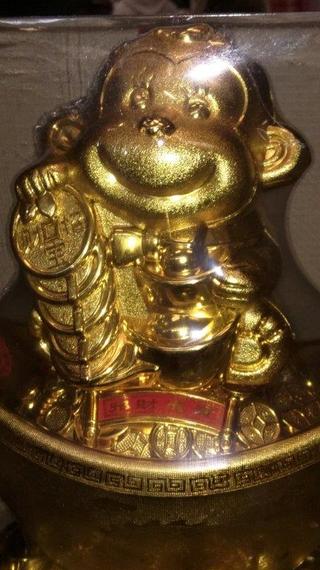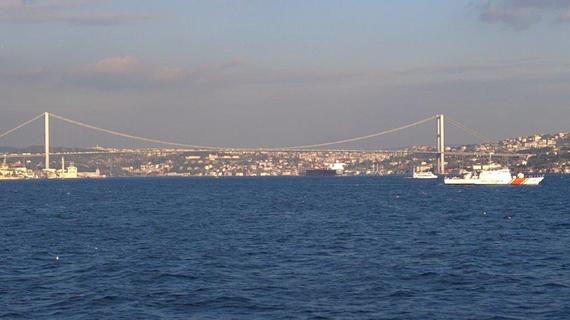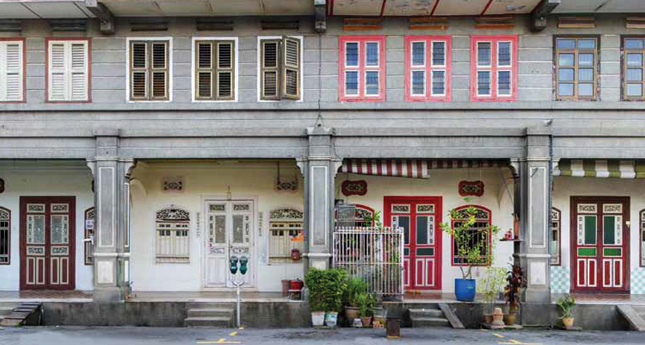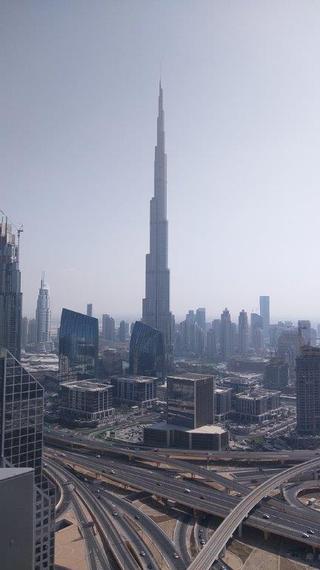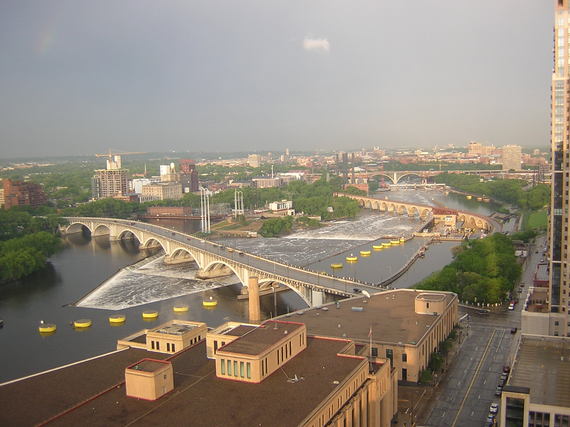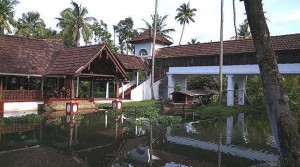Although Oman is located on the southeast tip of the Arabian Peninsula, apprehension about conflict in the Middle East should not dissuade you and your travel companions from a trip to the diverse, hospitable and delightful sultanate. Since 1970, the absolute monarchy has been ruled by hereditary Sultan Qaboos bin Said al Said, known for his liberal policies. While Oman possesses modest oil reserves and 80 percent of the country is desert, the sultan instituted extensive programs of renovation, modernization and education. Despite reports of human rights restrictions and censorship, Oman in 2010 ranked as the most improved developed nation in the world, and it scores as the 59th most peaceful country on the globe.
Tourism remains the compact sultanate’s fastest-growing industry, and visitors are welcome. Picturesque cities, sandy beaches, expansive deserts, accessible mountains, scenic wadis and archaeological sites make Oman an ideal country to explore and enjoy with a companion. Tourists often find the biggest challenge is deciding which of the multiple options to pursue. The charming capital, Muscat, a must see, also serves as the jumping-off point for visits to other regions of the kingdom, such as an excursion northeast through the ancient capital Nizwa for a day or two in the mountains.

Fort and mosque in Nizwa © Zwawol | Dreamstime.com
Metropolitan Muscat runs along the coast from the airport near Seeb to Al Khiran between the magnificent beaches of the Gulf of Oman and the foot of the Hajar Mountains. While the ancient settlements expanded into a city of superhighways and dynamic high-rise buildings, the older enclaves feature pristine white buildings of Arabic design limited by the sultan to seven stories in height. A major motorway runs the length of the city outskirts.
Muttah and Old Muscat form the core of the city. Muttah, the port on the bowl-shaped harbor, once served as the traditional starting point for caravans inland. Modest hotels and impressive merchant mansions now line its crescent seafront. One mansion transformed into Bait Al Baranda, a museum tracing the country’s history from prehistoric times. All of Oman once lay underwater, and an interactive model allows visitors to break apart and reassemble the landmasses to illustrate the formation of present-day continents.
Early in the morning, my companion and I head to the fish market in Muttah, where fishermen display their catches on the floor. Steps away, we explore the country’s oldest souk. Now updated but retaining an air of mystery, the sprawling market offers a covered labyrinth of booths and stalls with merchants selling everything from spices and sweets to scarves and knock-off designer pocketbooks and popular khanjar silver daggers.
From Muttah, a paved promenade stretches along the corniche with seafood shacks and monuments at intervals and a playground for children under a giant incense burner perched atop a cliff at Riyam Park. About three miles away, at the west end of the walkway, an arch through the Muscat Gate Museum marks the entry into Old Muscat, the original political settlement now renovated into an impeccable neighborhood of Arabic buildings, its boulevard lined with plantings and zinnias leading toward the entrance to the sultan’s ultra-modern Royal Palace. Nearby, a traditional townhouse was converted into the Bait Al Zubair museum, where we explore informative exhibits on Omani lifestyles and tradition.
While most of greater Muscat thrives as a conventional metropolis, the grand hotel Al Bustan Palace, A Ritz-Carlton Hotel provides a scenic site backed by the mountains on 200 acres of parkland with its own private, calm beach on the bay. A special project of Sultan Qaboos, this Ritz-Carlton property enjoys a reputation as one of the finest hotels in the world. Multistory arches line the marble lobby with its blend of Islamic and continental décor. At least twice a week, the hotel sponsors a traditional Omani meal in a Bedouin tent on the premises with ethnic musicians and dancers.
Heading out of town in a rental car, a two-hour drive takes us to the lively oasis of Nizwa. The national capital during the sixth and seventh centuries, Nizwa still serves as the key settlement of the interior. The vast circular tower of Nizwa Fort, an engineering wonder dating from 1668, dominates the sand-colored city. Its massive inner tower is half-filled with stones and earth for reinforcement, and the zigzagging staircases once prevented enemies from entering with a battering ram. Strategically located holes allowed defenders to pour boiling dates and bee honey down on potential invaders. Within the complex, a vast maze houses kitchens, storerooms, prisons, sleeping and living quarters, along with a school.
Nizwa’s souk, modernized into a contemporary Arab-flavored version of a shopping mall, features a street of neat stores selling antiques, swords, jewelry, pottery, copper and leather goods. Specializing in local cuisine, Bin Ateeq, up the stairs off the main street, serves kingfish with tomato and spices and rice to guests who dine seated on floor cushions.
Leaving Nizwa, the desert road winds through Bahla, a neat town of colorful crenellated buildings where every man’s home is literally a mini castle. We come upon Bahla Fort, an immense structure of unbaked brick and a UNESCO World Heritage site considered one of Oman’s most significant historic monuments.

Bahla Fort © Zwawol | Dreamstime.com
Farther along, at the foot of the mountains, lies Al Hamra. Never fortified nor at war, it preserved an elegant old town area of historic two- and three-story mud homes, some still inhabited. Within the complex of a former Sufi nunnery, Bait Al Safa now houses a museum where visitors can enjoy tea and view authentic traditional furnishings. Five miles away, 30 modern guestrooms and a terrace restaurant in the eco-luxury resort The View look back toward the village.
Driving uphill into the mountains, we encounter the authentic medieval village of Misfah, built directly into the rock face. Drivers must leave their cars at the edge (literally) of town, and a guide comes to take visitors through the narrow stone alleys to Misfah Old House, a former family home now welcoming guests. Guestrooms are minimalist and feature immaculate linens, storage niches carved into the walls, spectacular mountain views from the shuttered windows and the lulling sound of water gurgling in the brook and irrigation system outside. Dinner and breakfast are included and served on the terrace. The hotel can arrange guides for hikes or excursions into the nearby “grand canyon.” An especially lovely time to visit this area is spring, when the region blooms with damask roses harvested for the highly prized Omani rosewater.
Returning to Muscat, we wish we had more time to set off on any number of additional excursions including camping overnight in the desert, chilling on the beach in Salālah, exploring a wadi, cruising in a dhow on the fjords of Musandam and visiting the Land of Frankincense and Oman’s other UNESCO World Heritage sites.
In planning travel to Oman, be aware the climate is stable but hot year-round, with April to October the recommended months to visit. Arabic is the official language, but many Omanis speak at least some English. Friday and Saturday are the “weekend” days, subject to closures. Varied spelling of place names may be confusing, and alcohol may only be available in international hotels at high prices.
Oman Info to Go
The base for Oman Air and the country’s principal port of entry, Muscat International Airport (also called by its original name, Seeb International Airport) lies near Seeb about 15–20 miles from downtown Muscat. Upon landing, travelers can purchase necessary visas in the terminal, paying the $10–20 fee in currency or by credit card. Taxis, which can be pre-booked online, charge around $20–40 to different sections of Muscat. The airport website lists typical fares and other helpful information about visas and customs. Locate stops for the public buses on the main highway a short walk from the terminal.
Where to Stay in Oman
AL BUSTAN PALACE, A RITZ-CARLTON HOTEL The coffee man welcomes guests to this magnificent high-rise resort in a private urban setting. Managed by Ritz-Carlton, it earns a reputation as one of the finest hotels in the world. Al Bustan Street, Muscat $$$$
MISFAH GUEST HOUSE Enjoy comfortable, minimalist rooms and delicious meals at this family-run hotel converted from a private home. With neither television nor phones, it offers a total getaway. Misfat Al Abryeen, Al Hamra $$
THE VIEW Take in panoramic vistas of the desert and mountains from the private terraces of 30 ultramodern, pod-style guestrooms at this eco-spa retreat. Hail Al Shas, Al Hamra $$$
Restaurants in Oman
AL ANGHAM A costumed doorman greets guests for authentic Omani cuisine and ambience within the posh setting of the elaborate Royal Opera House. Delicious local fare is embellished with plated flourishes and squiggles. Royal Opera House Muscat, Shatti Al Qurum, Muscat $$$
MUSCAT LIGHT RESTAURANT AND COFFEESHOP Visitors dine casually with locals in this centrally located storefront situated in the midst of Old Muscat. Try a prawn biryani and frothy strawberry milkshake. Al Saidiya Street, Old Muscat $$
SEEB WAVES RESTAURANT Beachside in the thriving coastal town near the airport, diners sit outdoors sampling local fish served with rice in a spicy red sauce. Enjoy mixed ice creams for dessert. Corniche, Seeb $$

